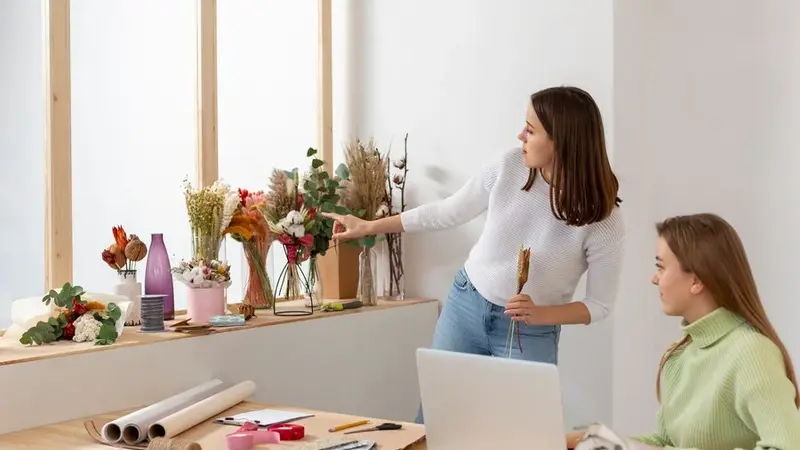In today’s fast-paced world, our homes have become more than just places to eat and sleep. They are our sanctuaries—the spaces where we retreat to find peace, comfort, and rejuvenation. Designing a personal sanctuary within your home can significantly enhance your well-being and quality of life.
In this blog post, we will explore the concept of a personal sanctuary, provide tips on creating a peaceful and functional space, and offer insights into sustainable and eco-friendly design options.
What is a Personal Sanctuary?
A personal sanctuary is a dedicated space within your home designed to promote relaxation, tranquility, and personal well-being. Whether it’s a cozy reading nook, a serene bedroom, or a meditation room, this sanctuary serves as your go-to place for unwinding and recharging. The importance of having such a space cannot be overstated, especially in a world where stress and demands often take center stage. Having a personal retreat can help you reconnect with yourself, reduce stress, and improve your overall mental and emotional health.
Understanding the Needs and Preferences of Homeowners
Before diving into the design process, it’s crucial to understand your specific needs and preferences. Ask yourself what activities you find most relaxing and what elements make you feel comfortable and at peace. Do you prefer a minimalist aesthetic or a space filled with personal mementos? Do you need a quiet corner for meditation, or does your sanctuary include a creative workspace? Identifying your needs will guide the design process and ensure that your sanctuary is tailored to your lifestyle. Consider incorporating custom landscaping in Draper to enhance your outdoor spaces and create a cohesive sanctuary.
Tips for Creating a Peaceful and Functional Space
1. Color Schemes
Color plays a vital role in setting the mood of your sanctuary. Soft, neutral tones like beige, gray, and pastels create a calming atmosphere. If you’re drawn to bolder colors, consider incorporating them as accent pieces. Blue and green hues are particularly effective in promoting relaxation and reducing stress.
2. Lighting
Lighting is another crucial element. Natural light is ideal, so try to choose a space with ample sunlight. If natural light is limited, opt for soft, warm lighting options. Avoid harsh, bright lights that can be jarring and disruptive to your sense of peace.
3. Furniture Choices
When selecting furniture, prioritize comfort and functionality. Choose pieces that encourage relaxation, such as a plush armchair or a comfortable chaise lounge. Multi-functional furniture can also be a great addition, especially if space is limited. For example, a storage ottoman can serve as both a seat and a space to store blankets or books.
The Role of Technology in Enhancing the Home Sanctuary Experience
Technology can play a surprising yet effective role in enhancing your personal sanctuary. Smart home devices, such as voice-controlled lights and smart speakers, can create a seamless and convenient experience. Consider incorporating a sound system that allows you to play calming music or white noise. Additionally, air purifiers and temperature control systems can contribute to a comfortable and healthy environment.
Sustainable and Eco-Friendly Design Options
Creating a personal sanctuary doesn’t have to come at the expense of the environment. Here are some sustainable and eco-friendly design options to consider:
- Natural Materials: Opt for furniture and decor made from natural, sustainable materials like bamboo, reclaimed wood, and organic cotton.
- Energy-Efficient Lighting: Use LED lights and energy-efficient bulbs to reduce your carbon footprint.
- Indoor Plants: Incorporate indoor plants to improve air quality and add a touch of nature to your space. Plants like snake plants, peace lilies, and spider plants are excellent choices for improving indoor air quality.
- Eco-Friendly Paints: Choose low-VOC (volatile organic compounds) paints that are better for both your health and the environment.
Conclusion
Designing your personal sanctuary is an investment in your well-being. By understanding your needs, selecting calming colors and comfortable furniture, and incorporating technology and sustainable options, you can create a space that truly feels like a retreat. Start small, and remember that your sanctuary should evolve with you over time. Visit World Wise Magazine for more details.
